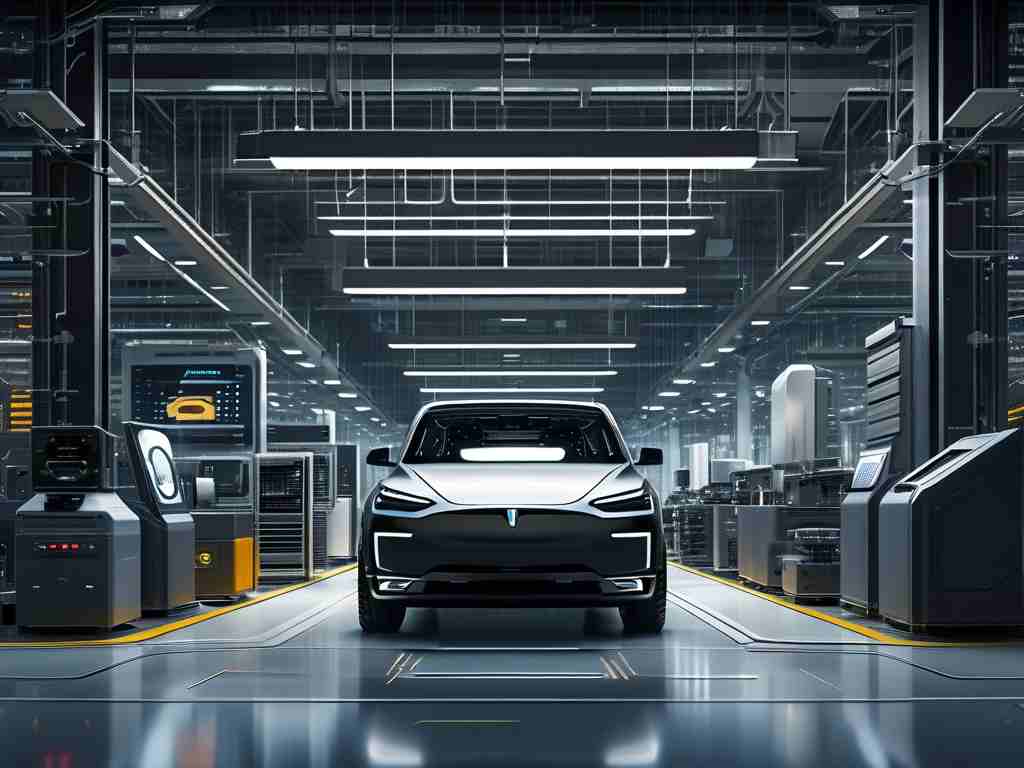The automotive industry has rapidly evolved with the integration of advanced technologies, making cybersecurity a top priority. Modern vehicles rely on sophisticated encryption algorithms to protect sensitive data, ensure secure communication between components, and safeguard against cyber threats. This article explores the encryption methods commonly adopted by automotive manufacturers and their applications in vehicle systems.

One of the most widely used algorithms in the automotive sector is the Advanced Encryption Standard (AES). AES operates with symmetric key encryption, making it efficient for real-time data protection. It is often employed to secure in-vehicle networks, such as Controller Area Network (CAN) buses, where low latency and high-speed encryption are critical. For example, AES-128 or AES-256 encrypts communication between electronic control units (ECUs) to prevent unauthorized access or tampering. A Python snippet below illustrates a basic AES encryption process using the pycryptodome library:
from Crypto.Cipher import AES from Crypto.Random import get_random_bytes key = get_random_bytes(16) cipher = AES.new(key, AES.MODE_EAX) data = b"Sensitive vehicle data" ciphertext, tag = cipher.encrypt_and_digest(data)
Another essential algorithm is Rivest-Shamir-Adleman (RSA), an asymmetric encryption method. RSA is frequently used for secure key exchange in automotive systems. For instance, during over-the-air (OTA) software updates, RSA ensures that cryptographic keys are transmitted safely between servers and vehicles. This prevents man-in-the-middle attacks that could compromise firmware integrity. However, RSA’s computational overhead limits its use in resource-constrained environments, leading manufacturers to combine it with symmetric algorithms like AES for optimal performance.
Elliptic Curve Cryptography (ECC) has gained traction due to its ability to provide robust security with smaller key sizes compared to RSA. ECC is ideal for automotive applications where memory and processing power are limited, such as in tire pressure monitoring systems (TPMS) or infotainment modules. By leveraging elliptic curves, ECC reduces energy consumption while maintaining high resistance to brute-force attacks.
Hash functions like SHA-256 also play a vital role in automotive cybersecurity. These algorithms generate fixed-size hashes to verify data integrity. For example, SHA-256 validates firmware images during OTA updates to ensure they haven’t been altered. Additionally, message authentication codes (MACs) using HMAC-SHA256 secure vehicle-to-everything (V2X) communication, authenticating messages between cars and infrastructure.
Automakers also implement Transport Layer Security (TLS) protocols to encrypt data transmitted between vehicles and external networks. TLS 1.3, with its improved handshake process, is increasingly adopted for securing cloud-connected services, such as remote diagnostics or telematics. This protocol safeguards sensitive user data, including location information and driver preferences, from interception.
Emerging technologies like quantum computing pose future challenges, prompting research into post-quantum cryptography. Automotive companies are exploring lattice-based or hash-based algorithms to prepare for potential threats. For now, hybrid approaches—combining classical and quantum-resistant methods—are being tested to balance security and compatibility.
In , the automotive industry relies on a layered encryption strategy to address diverse security needs. From AES and RSA to ECC and SHA-256, these algorithms form the backbone of secure vehicle architectures. As connected and autonomous vehicles advance, continuous innovation in encryption will remain critical to protecting both drivers and data.

